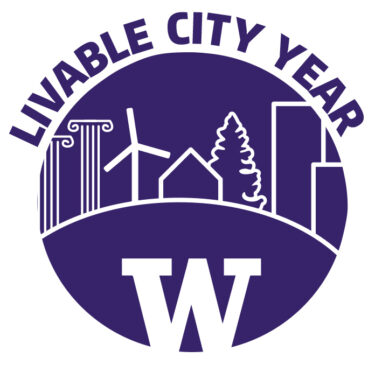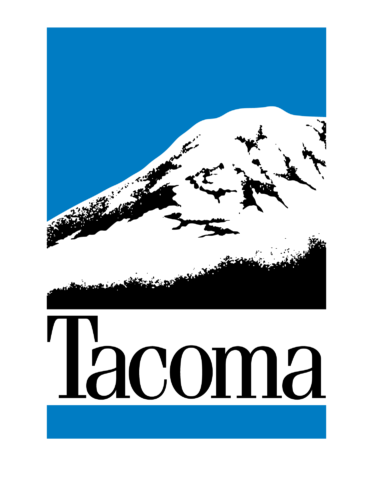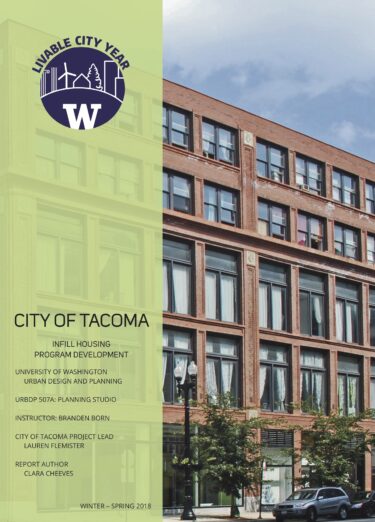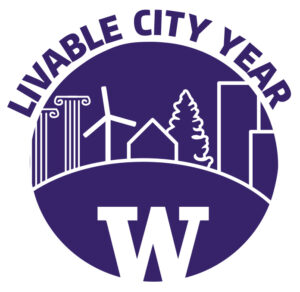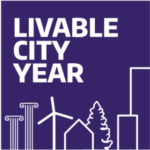Infill Housing Program Development
Livable City Year 2017-2018 – City of Tacoma
UW Faculty: Branden Born, Dept. of Urban Design and Planning
City Project Leads: Lauren Flemister, Planning and Development Services
Project summary
In 2015, the City of Tacoma established the Infill Housing Pilot Program as an element of a larger affordable housing ordinance. The program worked toward a central goal: to “promote innovative residential infill while ensuring that such infill demonstrates high-quality building and site design that is responsive to and harmonious with neighborhood patterns and character.” After its launch, University of Washington students were tasked to craft recommendations for the Infill Pilot Program, to help the initiative increase uptake and affordability.
Students conducted research to develop an understanding of the City, as well as the initial outcomes of the Infill Pilot Program. We used precedent studies, GIS analysis, and community feedback on housing affordability to inform recommendations. Our research was also grounded in a demographic trend: due to the region’s massive population increase, vulnerable residents face high displacement potential. All of these factors informed equity-grounded recommendations that seek to increase uptake with the Infill Pilot Program. We proposed five future strategies to build a robust and equitable program:
- Code changes to remove barriers to development. These include removing parking requirements, creating small lot subdivisions, and reducing the minimum lot size.
- Program enhancement through increased community outreach. Activities include workshops, a social media presence, applicant support with streamlined permitting, and dedicated staff to guide applicants through the application process.
- Land acquisition to encourage the development of affordable housing in targeted areas with access to opportunity, and to facilitate a community land trust to build community wealth.
- Financing tools to increase uptake, build program accessibility to those with limited capital and stem displacement of vulnerable populations.
- Focused growth in de ned areas to use existing physical and social infrastructure. We identified transport, schools, parks and grocery stores as essential elements ripe for investment.
We recognize that the implementation of these recommendations will require a combination of partnerships and strategic tools in the short and long term. By incorporating a combination of strategies to address both programmatic and systemic housing issues, Tacoma has the opportunity to advance infill housing with a more equitable outcome.
Part of the 2017-2018 Livable City Year partnership between the University of Washington and the City of Tacoma.
See all Livable City Year projects in Tacoma that UW students and faculty worked on during the year-long partnership.
